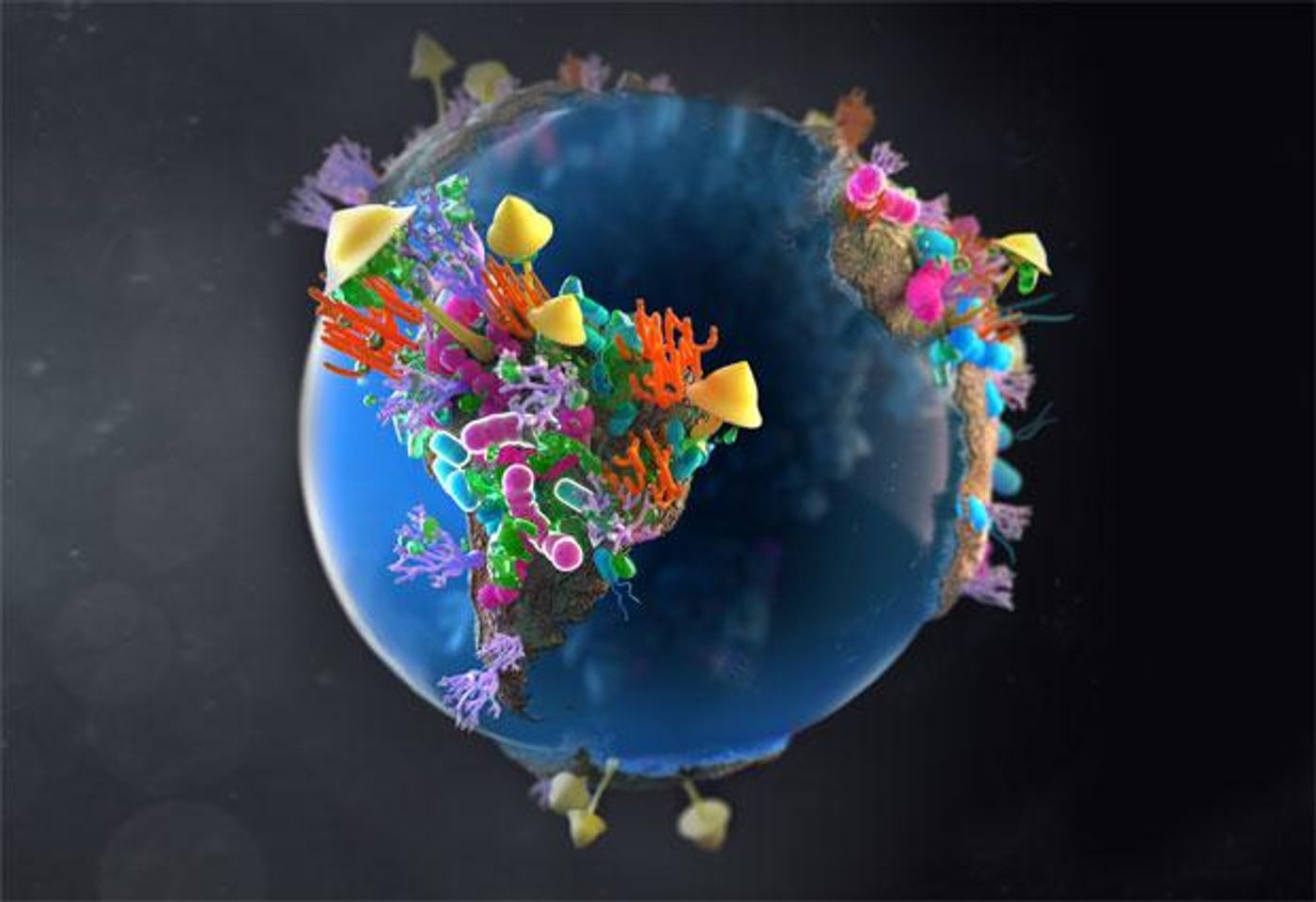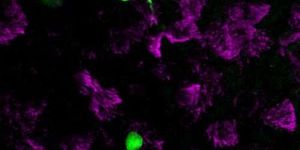The War Beneath Our Feet
The microorganisms living in the soils of Earth are getting more research interest. There are untold numbers of bacteria and fungi living underground, and these microbes can have a big influence on many different things that affect people, like food production and climate change. To understand how carbon is stored and the cycle of nutrients in soil, researchers need to know more about the species present there. Reporting Nature, a team of scientists at EMBL and the University of Tartu in Estonia has performed an analysis of soil bacteria and fungi and found that those organisms are locked in competition, battling for resources. They can utilize an arsenal of antimicrobials in their fight.
For a complete assessment, the research team took 58,000 samples from 1,450 sites worldwide over the course of five years. The investigators, led by Mohamad Bahram (University of Tartu) and Falk Hildebrand (EMBL), ensured that the sites weren’t affected by human activity. They performed a more detailed analysis at 189 of those sites and covered a variety of conditions, including tundra and tropics.
A ton of new information was unearthed, literally. In this metagenomics study, which assesses genetic material in samples taken from the environment, millions of genes were identified. Incredibly, only half of one percent of them overlapped with known genes from the microbiomes of the human gut or the ocean.
"The amount of unknown genes is overwhelming, but the ones we can interpret clearly point to a global war between bacteria and fungi in soil," said corresponding author Peer Bork, EMBL group leader.
The team found that when an area had relatively more fungi, the bacterial diversity was lower. They also identified a link between the level of fungi and the antibiotic resistant genes carried by the bacteria on site.
"This pattern could well be explained by the fact that fungi produce antibiotics in warfare with bacteria, and only bacteria with adequate antibiotic resistance genes can survive this,” said Hildebrand.
"The antagonism between fungi and bacteria influences the overall diversity of bacterial communities and determines their genetic repertoire of antibiotic resistance," said Bahram.
The data from this work can now help predict how antibiotic resistance genes will spread, and how they could get into pathogens that affect people. It may also reveal locations that contain large numbers of organisms that make antibiotics.
Related: Feeding the World With Help From Microbes
Bacteria were found to live everywhere they surveyed, but the areas with the most bacterial genetic diversity also had a moderate climate. While bacteria like humid, hot locations, fungi prefer dry, cold places. Fungi were more isolated as well, with more differences in populations that came from different continents. The impact of microbes may thus depend on where they are located. Conversely, a changing climate will impact these microbes.
The team also compared their data to what's been found at locations that have felt the impact of people, like farms or lawns. There were huge differences, and the consequences of that are totally unknown. It may benefit humans greatly to learn more about the relationship between fungi, bacteria, and soil.
The video above discusses the soil microbiome.
Sources: AAAS/Eurekalert! Via European Molecular Biology Laboratory, Nature









